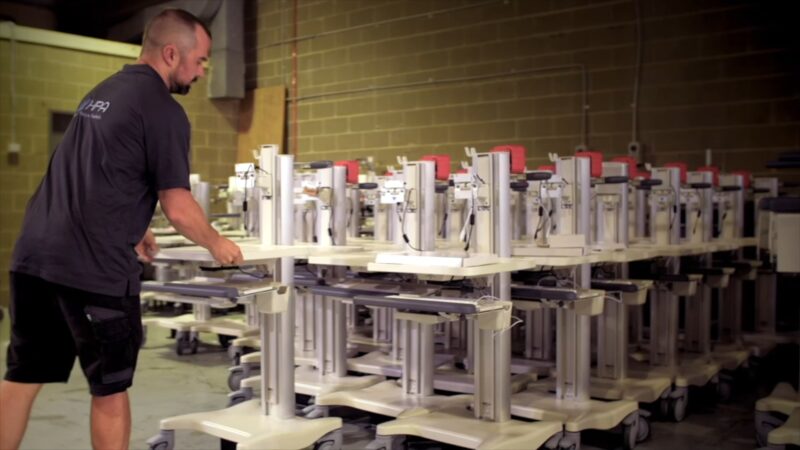Coinciding with this year’s International Nurses Day, this week’s Federal Budget has had some significant outcomes for the primary health care, nursing workforce.
The Federal Budget delivered on 9th May 2023, APNA believes will strengthen Australia’s primary health care (PHC) system by addressing growing nursing shortages, seeing more nurses hired where they are needed, and better utilising the largest workforce in PHC of nearly 100,000 nurses to their full potential to reduce the pressure on the health system.
The Federal Budget could significantly boost job prospects and career progression in primary healthcare, as well as strengthen the current PHC nursing workforce by funding:
- An 18-month national Scope of Practice review
- 6,000 additional clinical placements in primary healthcare nursing ($4.2 million over four years)
- 1,850 graduate scholarships to train more Nurse Practitioners ($50.2 million over four years)
- $1 million towards incentives to get 500 nurses back into the workforce
Australian Health Journal met with APNA President Karen Booth and CEO Ken Griffin at their Money in May 2023 event in Sydney.
Money in May is an APNA member-only initiative and is a month of education so that nurses know more about money and how to navigate the financial side of being a nurse. The campaign has three key themes: do more, save more and earn more.
Timed to coincide with the end of the financial year, APNA has focused on financial literacy. Nurses who understand the opportunities and challenges of finance and funding mechanisms and keep abreast of changes can be an even greater asset for their patients and the business they work for. For their personal lives, they make better financial decisions, earn more and retire with more super.
The outcomes are for each Primary healthcare nurse in a time to influence and pitch for what they want — be that money to fund a nurse-led clinic, a financial allocation for CPD or negotiate pay.
Relating that back to the funding announcements in the Federal Budget, there is potential to significantly boost job prospects and career progression in primary healthcare, as well as strengthen the current PHC nursing workforce.
You Might also like
-
Care workforce challenges
In a wide ranging report looking at the carer needs across Australia, PwC Australia published Reimagine Care Workforce Solutions in October 2022.
Australian Health Journal spoke with Kerryn Dillon, Director Ageing and Reablement and Health Workforce at PwC Australia about the community care sectors of aged care, disability care and childcare the report covers.
-
Jamie Stanistreet talks Medical Technology
Jamie Stanistreet
Retired Managing Director Medtronic Australia and New Zealand
talks Medical Technology in Australia and the Asia-Pacific -
Founder makes mobility reality
Shawn Wigham as Managing Director of Hospital Products Australia (HPA), runs a successful business providing equipment to Australia’s health care teams in aged care, hospitals and day-hospital procedure centres.
But what most may not be aware of, is his rapid growth since starting the business in 2013 having just been in health care a few years earlier. Being part of a 2nd generation health care family, Shawn learnt from his father on site and at trade show visits overseas. Prior to HPA, he spent 2 years working in fit-outs of operating theatres, neo-natal and general population ICU, throughout being more fascinated with what he saw.



